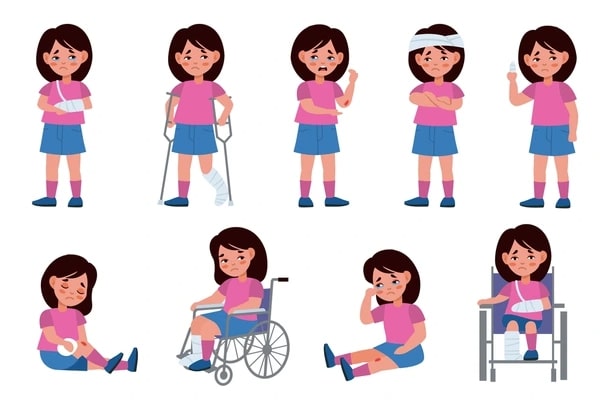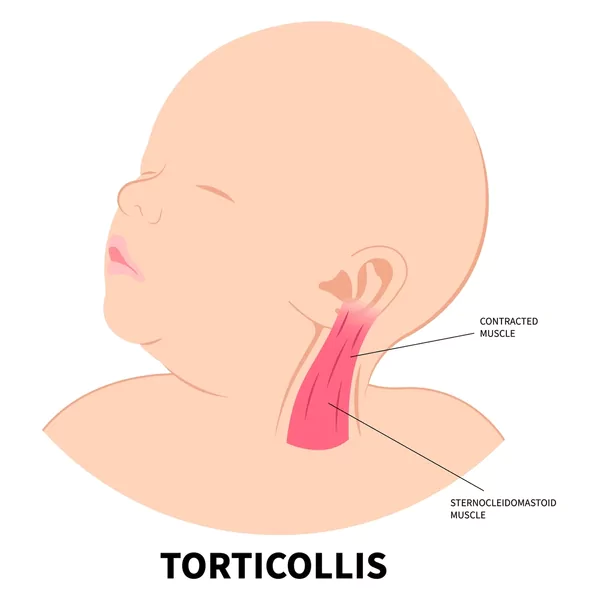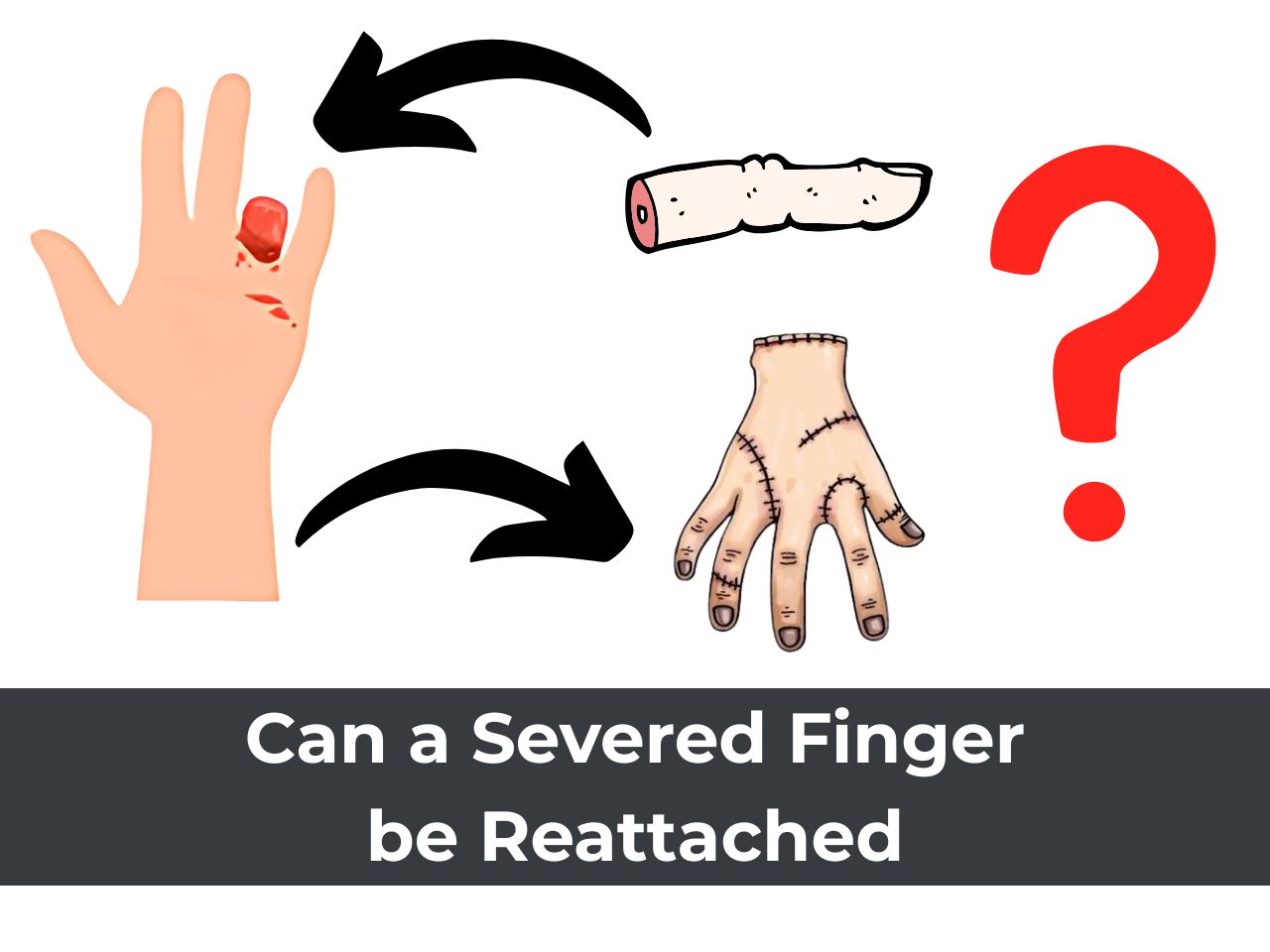As a parent, noticing changes or peculiarities in your child’s development can be a source of worry.
One such concern that many parents share is flat feet in children. You might look at your child’s feet and wonder — “Is this normal?” “Do they need special shoes?” “Should I be worried?”
At Pinnacle Orthocentre Hospital, one of the best orthopaedic hospitals in Thane, we offer advanced treatment for children under the expert guidance of Dr. Sandeep Vaidya, renowned Paediatric Orthopaedic surgeon in Thane, who has successfully performed over 2500 surgeries since 2012.

Flat Feet in Children: What You Need to Know
Flat feet — where the arches of the feet appear to collapse or are not visible — are extremely common in babies and young children.
In fact, most children under the age of 5–6 appear to have flat feet, and that’s usually completely normal. This is simply a part of their natural growth and development.
Types of Flat Feet
Understanding the type of flat feet your child has is key. There are two main types:
- Flexible Flat Feet
This is the most common type. When your child is standing, their feet may look flat. But if they stand on tiptoes or lift their toes, a visible arch appears.
This flexibility is usually due to ligament laxity — in simple terms, young children have looser, more flexible ligaments (think of them like soft rubber bands).
As they grow and become more active, these ligaments tighten, and arches often develop naturally.
Flexible flat feet typically do not cause pain and do not need treatment in most cases.
- Rigid Flat Feet
This type is less common and can be more serious. With rigid flat feet, the arch is always absent — even when the child is on tiptoes.
The foot often feels stiff and inflexible, and there may be an underlying bone or joint problem.
Rigid flat feet may require medical intervention and should be evaluated by a specialist.
When Should You Be Concerned?
Although flat feet are usually harmless, there are some signs that may warrant a closer look:
- Pain: If your child frequently complains of pain in the feet, ankles, or legs — especially during or after activity — consult a doctor.
- Rigidity: As mentioned, a stiff foot with no arch at any time is not normal.
- Asymmetry: If one foot looks different from the other, it might point to an underlying issue.
- Delayed milestones or clumsiness: If your child seems slower in reaching walking milestones or appears unusually clumsy, it’s worth getting a medical opinion.
Do Children with Flat Feet Need Special Shoes or Insoles?
For most children with flexible flat feet and no pain, the answer is a reassuring no. Their arches will likely develop naturally with time, and special shoes or insoles are not required.
However, in some specific cases — such as painful flexible flat feet that don’t improve, or rigid flat feet — treatment may be considered.

Treatment Options
If treatment is needed, here’s what it may look like:
- Observation & Reassurance: In many cases, no active treatment is needed. Regular monitoring and time can be the best approach.
- Supportive Footwear: Well-fitting, comfortable shoes help with general support.
- Insoles/Orthotics: Used mainly to relieve symptoms, not as a permanent fix. Often prescribed for painful flat feet.
- Physiotherapy & Exercises: These can help strengthen the muscles and tighten ligaments.
- Surgery: Very rarely required. Only considered in cases of rigid flat feet or if conservative treatment fails.
The Bottom Line
Flat feet are extremely common in young children, and most cases are nothing to worry about. If your child has flexible flat feet and no pain, there’s no need for special shoes or insoles. Let nature do its job.
However, if your child experiences pain, has rigid or stiff feet, or you’re just not sure whether something’s normal, it’s always best to get a professional opinion.
Why Choose Pinnacle Orthocentre Hospital for Flat Feet Treatment in Children?
- Specialized care led by Dr. Sandeep Vaidya, one of Thane’s most trusted Paediatric Orthopaedic Surgeons
- Child-friendly diagnosis and treatment approach tailored to your child’s unique developmental needs
- Advanced orthopaedic facilities designed for accurate evaluation and long-term care
- Collaborative care from a team of paediatric physiotherapists and rehabilitation specialists
- Emphasis on non-invasive solutions, growth monitoring, and minimal interventions whenever possible
Whether you’re looking for expert advice or comprehensive treatment, Pinnacle Orthocentre in Thane is your trusted destination for managing flat feet and other paediatric orthopaedic conditions.
FAQs (Frequently Asked Questions)
1. Is it normal for my child to have flat feet?
Yes, it is completely normal for babies and young children (under age 5–6) to have flat feet. Most children have what’s called flexible flat feet, which typically improve as they grow and develop.
2. At what age should arches start to appear in children?
The arches usually start forming between ages 5 and 10. Some children may take longer, and that’s okay as long as there are no symptoms like pain or stiffness.
3. How can I tell if my child has flexible or rigid flat feet?
Ask your child to stand on their toes or lift their toes while standing. If an arch appears, they likely have flexible flat feet. If the foot remains flat and stiff, it could be rigid flat feet, which should be evaluated by a doctor.
4. Do flat feet cause pain or problems in the future?
Most cases of flexible flat feet do not cause pain or long-term problems. However, if there is pain, stiffness, or imbalance, medical attention is recommended.
5. Does my child need special shoes or insoles?
Not usually. Most children with flexible flat feet and no pain do not need special footwear or insoles. In certain cases of painful or rigid flat feet, supportive shoes or orthotics might be recommended.
6. Should my child avoid sports or physical activities if they have flat feet?
No. If your child has no pain or stiffness, they can continue regular play, sports, and activities. Movement and activity actually help muscle development and foot strength.
7. Will my child always have flat feet?
In most cases, no. As children grow, arches often develop on their own. Even if a person continues to have flat feet into adulthood, it doesn’t always cause problems.
8. Can flat feet be permanently corrected with treatment?
Most treatments — such as insoles, supportive shoes, and physiotherapy — are aimed at relieving symptoms, not permanently correcting the foot shape. In very rare cases, surgery may be considered for rigid, painful flat feet.
If you’re concerned that your child may have flat feet, visit Pinnacle Orthocentre in Thane for expert evaluation and care.
Under the experienced guidance of Dr. Sandeep Vaidya — one of Thane’s leading Paediatric Orthopaedic Surgeons — your child will receive a thorough diagnosis and compassionate, specialized treatment tailored to their needs.






0 Comments